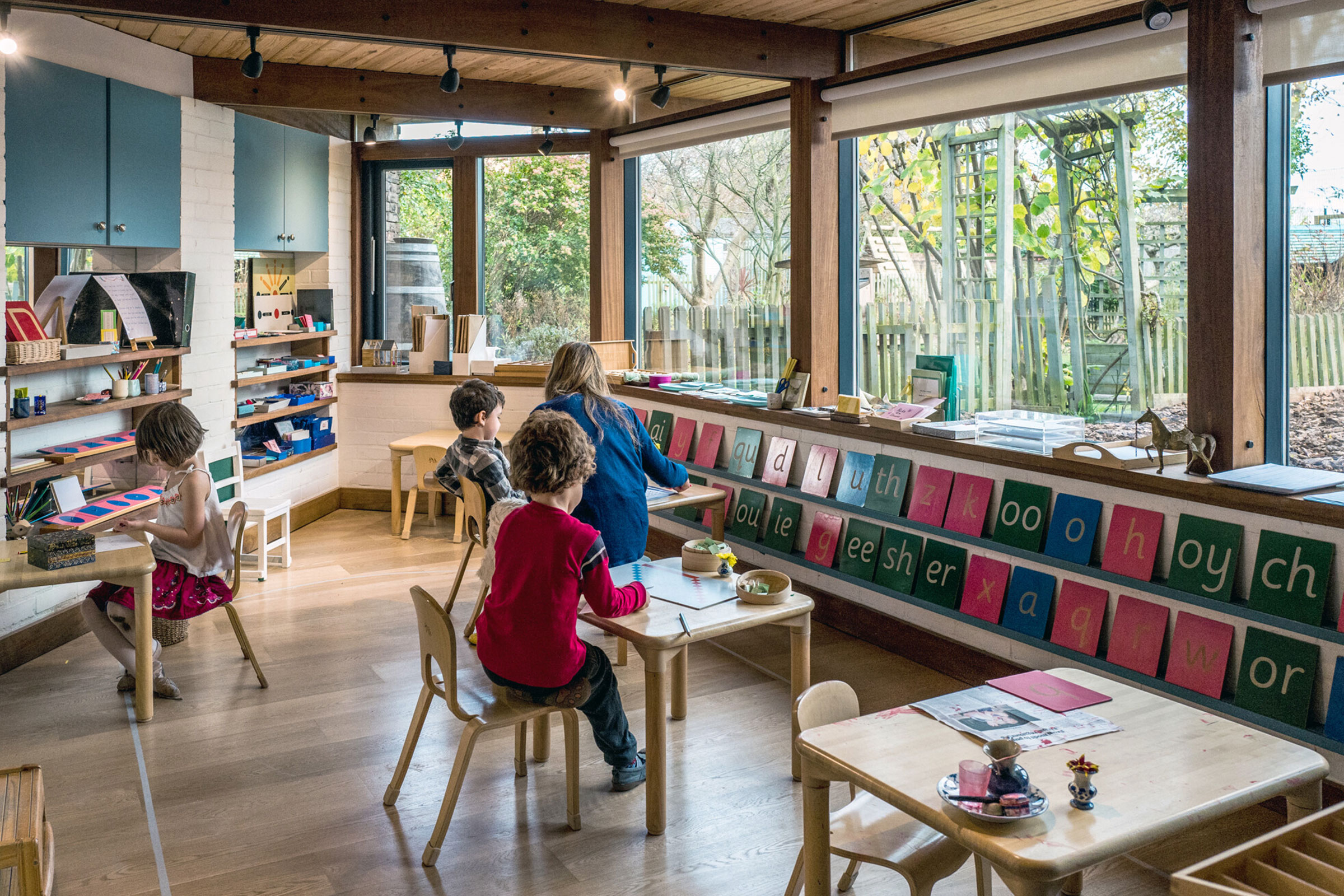Montessori Architecture
Montessori Architecture is a design instrument for learning environments. The project was seeded by Montessorian Hilla Patell in the early 1990s when she asked for a few key architectural constituents of a Montessori school. Her question was framed very simply, and was one that had been on Montessori minds from the early 1900s. The notion for ‘Montessori Architecture’ took shape in 2017 when, in discussions with the Arthur Waser Foundation, it seemed to fit with their idea of preparing architectural plans for educational environments in Africa. As global demand for Montessori schools was growing exponentially, we saw a surge for the need to shareknowledge and experience in the creation of Montessori environments. The Board of the Arthur Waser Foundation was quick to recognize this development and worked closely with the Association Montessori Internationale to make this project possible.
The Montessori educational philosophy lends itself to a particular architectural quality. Montessori Architecture's Design Instrument illustrates a series of solutions, they have called Patterns, to recurring problems of providing this quality. The premise of this instrument is that Montessori architectural patterns can be recognised, documented and therefore defined in examples of good design practices; and the Montessori pattern language can be translated in any cultural context and applied regardless of the environmental conditions, economical possibilities or, even, educational approach.
Visit the Montessori Architecture website for more details: https://montessori-architecture.org
